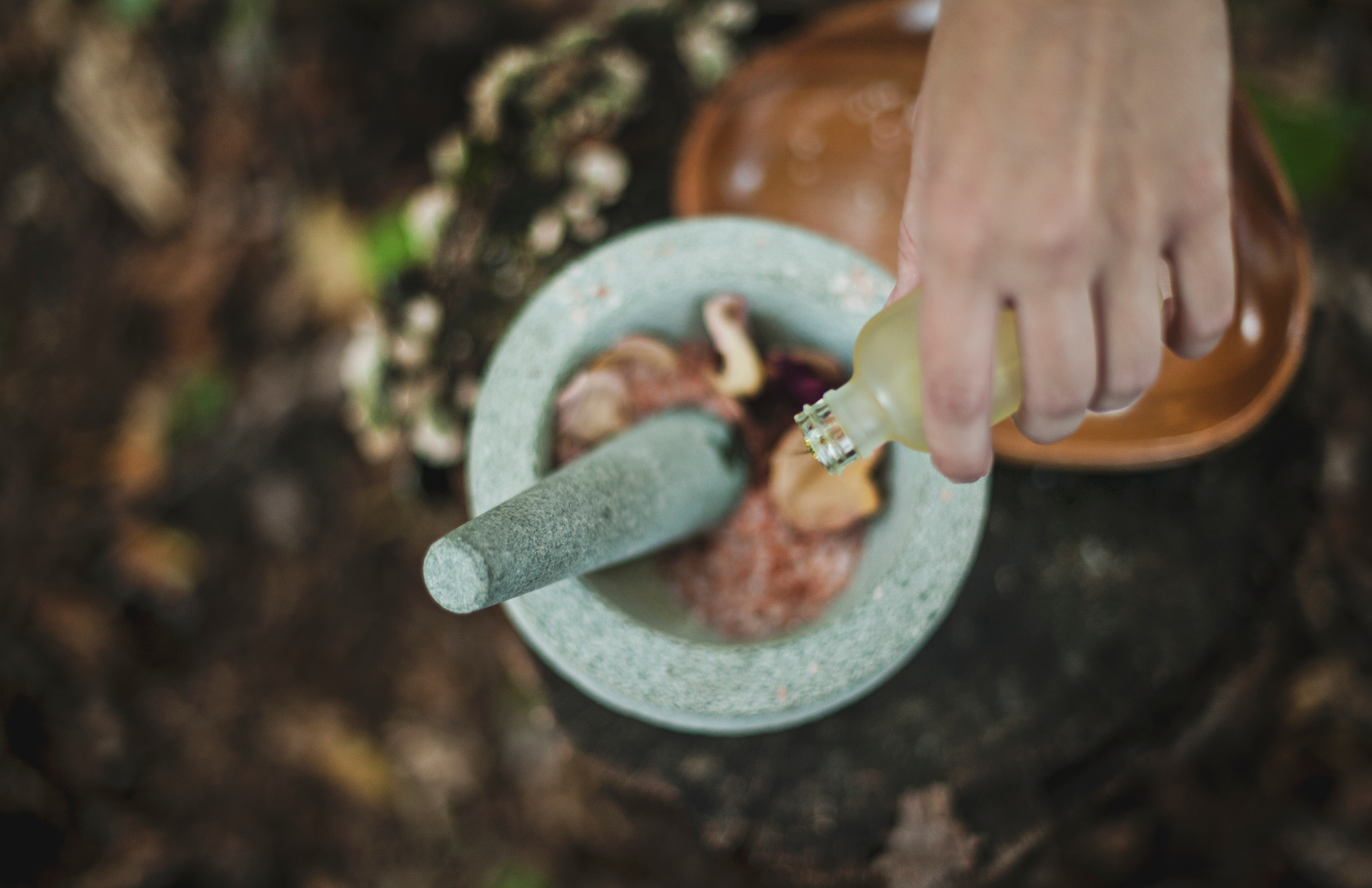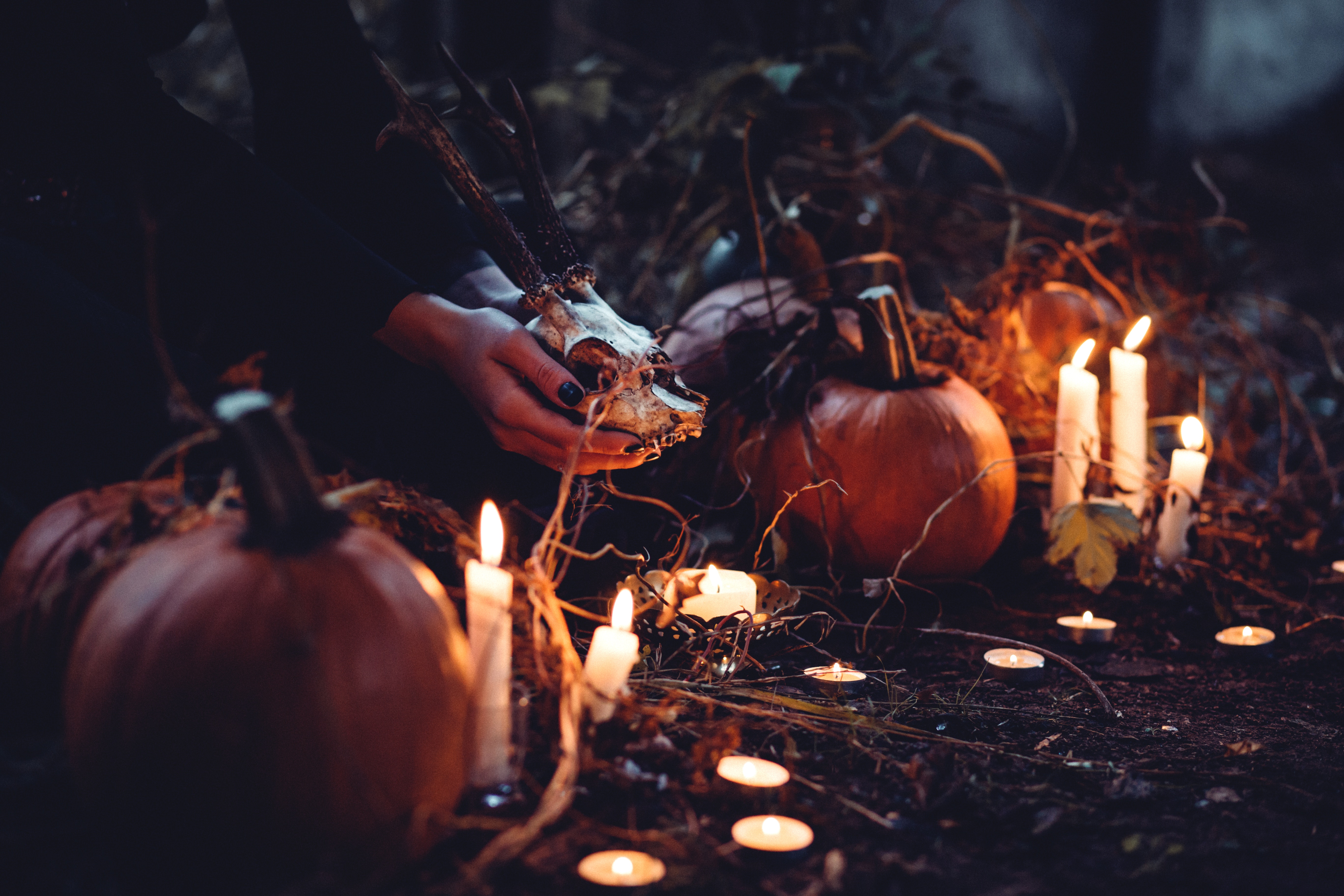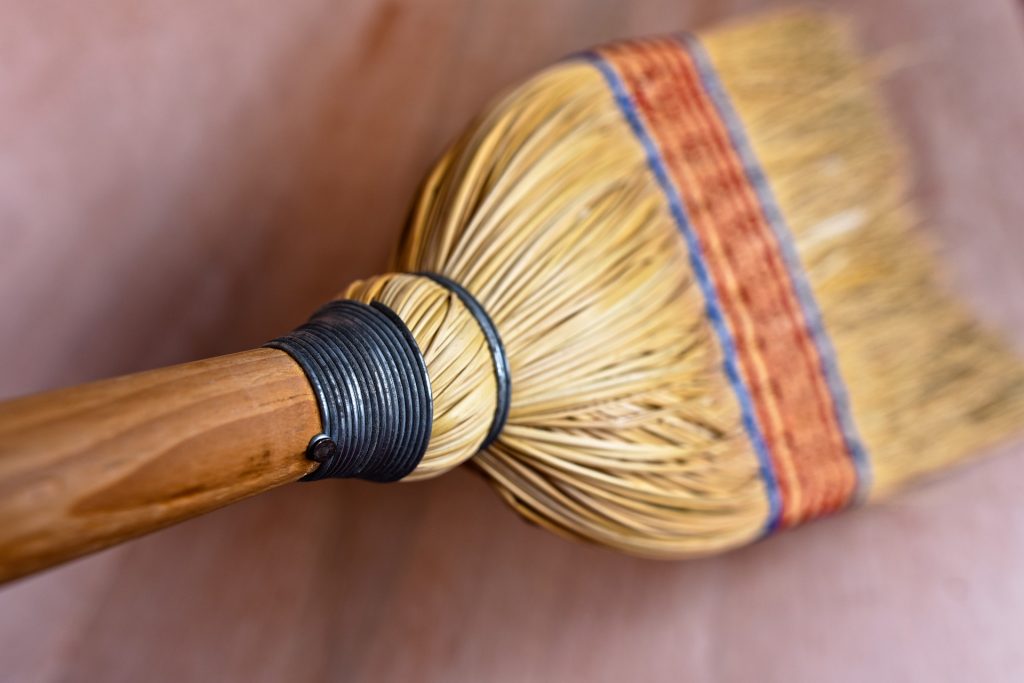This week I heard, for the first time, the origin of the iconic witch-on-a-broomstick image – and it’s AWESOME!
 I have often wondered what the whole broom thing was about. I idly mused that it might be a phallic thing. Then I’d dismiss that, assuming that my brain was going off trying to find sex at the bottom of everything – I know, I know… #rollseyes #typicaltherapist…
I have often wondered what the whole broom thing was about. I idly mused that it might be a phallic thing. Then I’d dismiss that, assuming that my brain was going off trying to find sex at the bottom of everything – I know, I know… #rollseyes #typicaltherapist…
But hurrah for the radio! I caught a snippet of an interview on NewstalkFM where a guy was talking about witches, broomsticks and female masturbation. I missed most of it but my interest was piqued, naturally, so I decided I’d try the Google machine. It didn’t take much to find a few pieces written on this topic. Those witches – what amazing women, and what fun they had! When they weren’t being shunned, mistreated and murdered for being, well, women.
Sex, drugs and rock ‘n’ rolling – or riding, or whatever…
From our modern viewpoint, female drug use and sexual pleasure are not quite so shocking as in the middle ages. Although it could be argued (and I do argue it, all the time) that people still seem to have enormous difficulty with women enjoying sex as much as men. Dare I say even more? The female arousal experience is one I’d love for men to experience – oh yes guys, you are missing out. Apparently though, we all have similar orgasms – apart from ours being longer (a lot longer, but it’s not a competition so I won’t go on about it. But if it were, we’d win, just saying).
[youtube https://www.youtube.com/watch?v=5ioQ8a7o3Mo&w=560&h=315]
But I digress…
In enlightened and civilised circles, female enjoyment of sexuality is now seen as liberating. But witches were “invented” at a time when a woman choosing to do what she wished with her own body or mind was so unthinkable as to be synonymous with the devil himself. This might have echoes of a more recent discussion we had here in Ireland. Sometimes, OK often, I shudder at how little has changed.
In the “olden days” as we well know, women were tortured and killed because they dared to explore such personal liberties. And as we also well know, that still happens, although not here thankfully. Not in the literal sense at least.
The Science Bit (NSFW – or at the very least – Adult)
“Double, double toil and trouble
Fire burn and cauldron bubble” – Macbeth IV, i
Are you wondering what this has to do with broom sticks?

Well, after listening to this radio show I found an article entitled Belladonna, broomsticks and brain chemistry by John Mann, Professor of Organic Chemistry at Reading University. It turns out that the historical depiction of witches riding broomsticks has its origins in hallucinogenic plant pharmacology. The skeptic in me rejoiced! And as you’ll see below there is a LOT written on this very topic. Shakespeare, who I briefly mentioned there, knew this, and spoke of it in Romeo and Juliet as well as Macbeth which is of course quoted rather iconically, as noted by Helen Thompson among others.
But the indigenous knowledge predates him.
What exactly were these drugs?
Hallucinogenic compounds called tropane alkaloids are produced by several plants:
- Atropa belladonna (deadly nightshade)
- Hyoscyamus niger (henbane)
- Mandragora officinarum (mandrake)
- Datura stramonium (jimsonweed).

You’ll have heard of some of these and their effects. Mann’s work describes how during the Middle Ages, parts of these plants were used to make erm… ointments (or oyntments) and salves for witchcraft, saying “they (the witches) were in a state of euphoria and disorientation, thinking (according to Porta, a friend of Galileo, writing in 1562) they were being ‘carried off to banquets, music, dancing, and coupling with young men which they desire the most’. And then there were the ceremonies associated with the Devil. ”
These crafty ladies, somewhere in their evolution, discovered that these ointments could be absorbed through the armpits or via the mucous membranes of the anus or vagina – thereby avoiding potentially dangerous intestinal issues – which might y’know, ruin the mood. But also, and perhaps more “modern” sounding, the vapours from these heady mixtures were sometimes inhaled – reputedly, Mann says, used in such diverse locations as the Temple of Delphi and mediaeval bathhouses.
And just how did they apply this ointment?
According to him, the earliest clue comes from the case of Lady Alice Kyteler (1324):

“In rifleing the closet of the ladie, they found a pipe of oyntment, wherewith she greased a staffe, upon which she ambled and galloped through thick and thin.”
And from the 15th century records of Jordanes de Bergamo:
“But the vulgar believe, and the witches confess, that on certain days or nights they anoint a staff and ride on it to the appointed place or anoint themselves under the arms and in other hairy places.”
And the flying? Taking off? More getting off I suppose (sorry) … In a world where there was little to enjoy about being a woman, and little or no drugs and sex ed – they got creative, and they got high!!
So that’s (no doubt just part of) the story – all my favourite boxes ticked – a drop of drugs education, a sprinkling of sex education and generous garnish of female liberation all in the one post. No wonder witches are smilers.
Happy Halloween!!
#winkyface #happygrin #maniacallaugh etc
Now, hmm….does that floor need sweeping?
But seriously – to read more detail on everything I mention here:
Witchcraft in Shakespeare’s England
The Sorcery Trial of Alice Kyteler – History Ireland

I enjoyed reading this post …and I admit to feeling a little uncomfortable as I try and shake of the male dominant culture I was brought up in lol. thanks for sharing